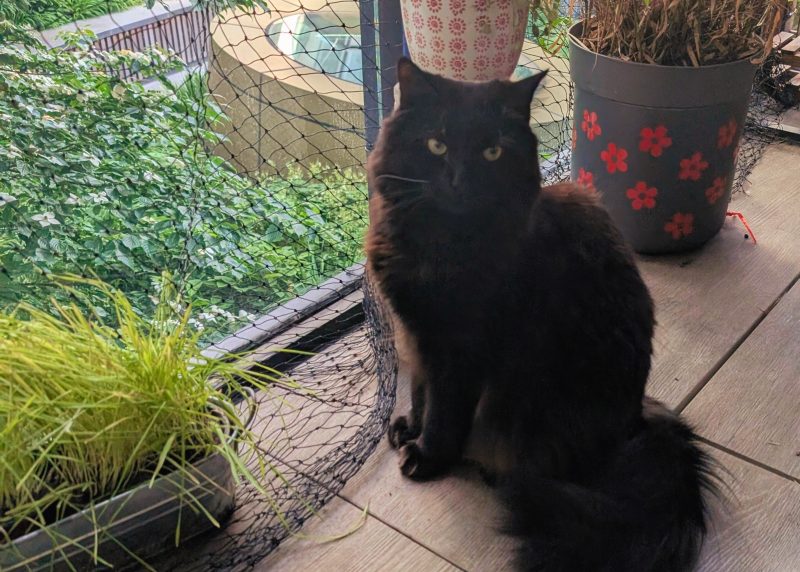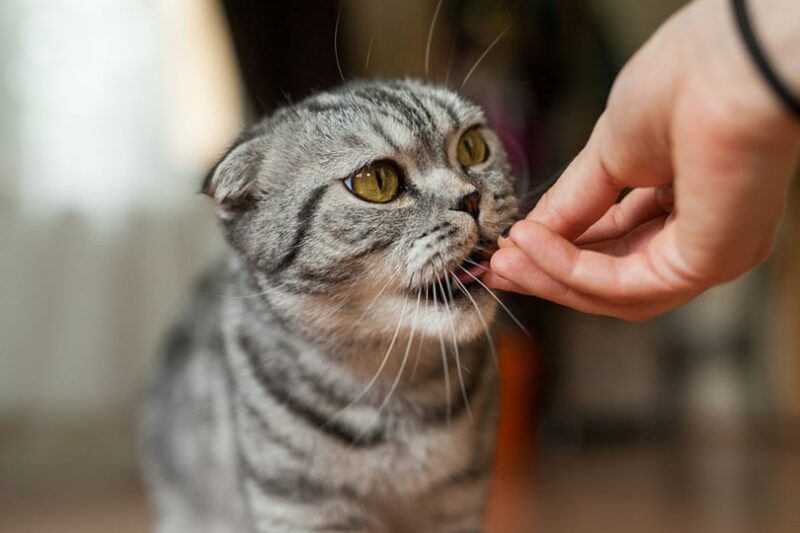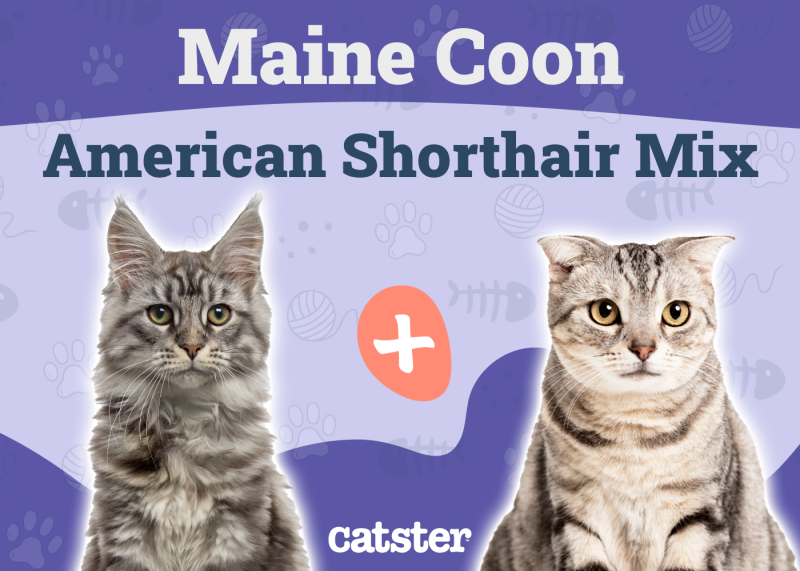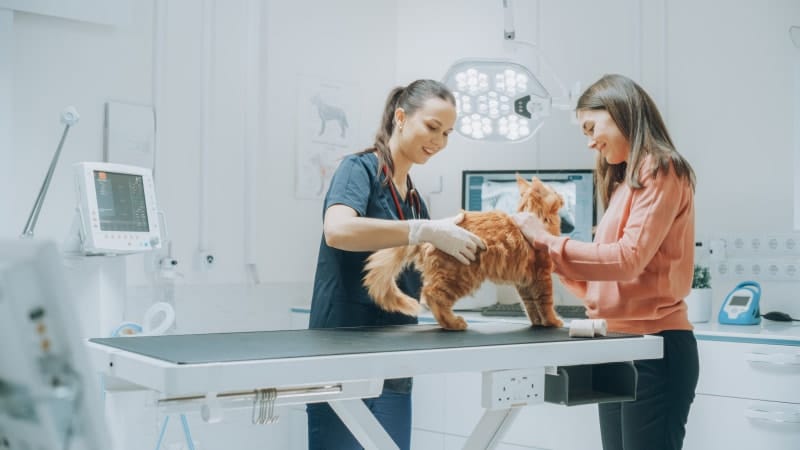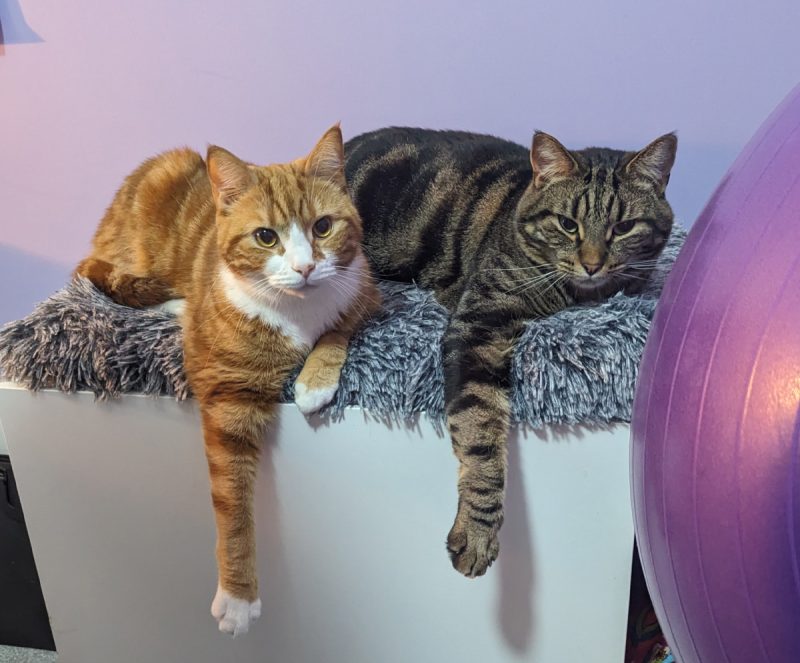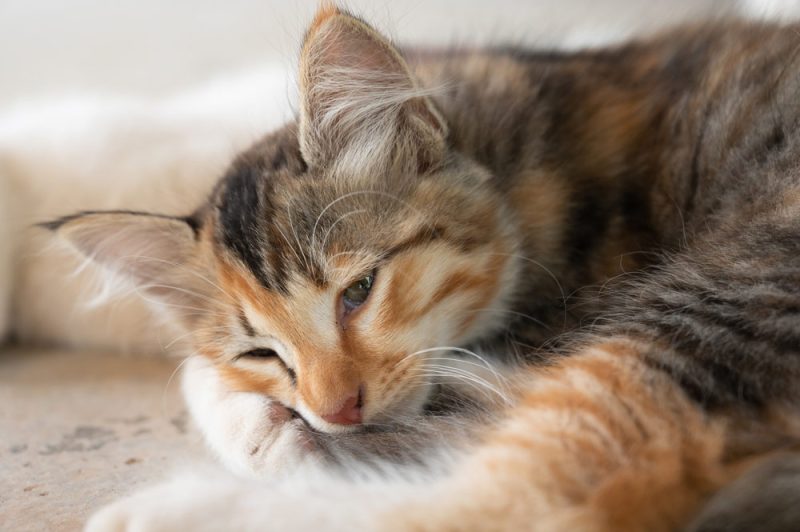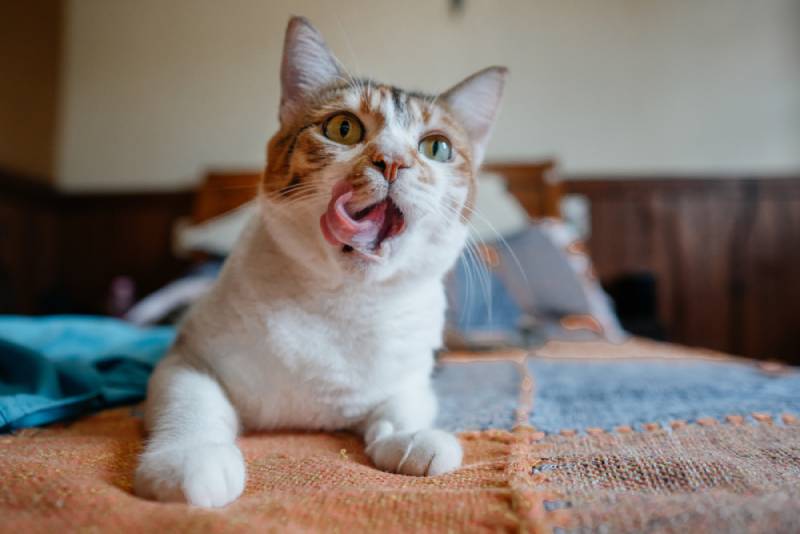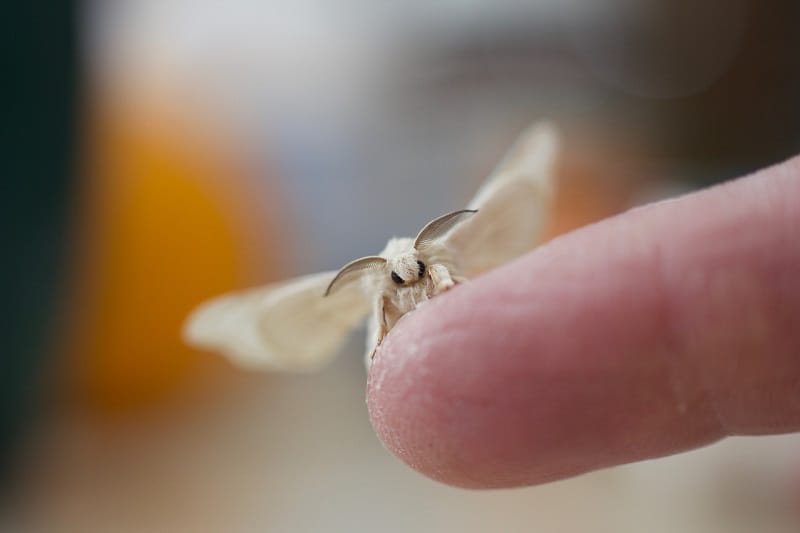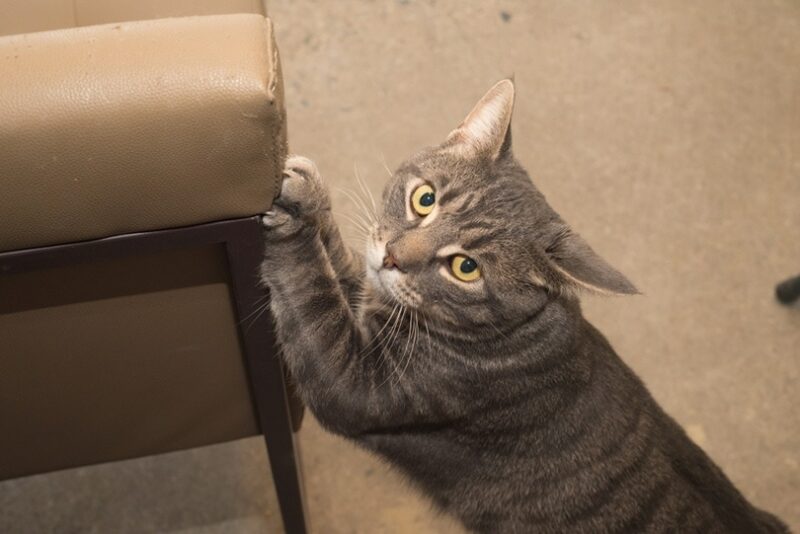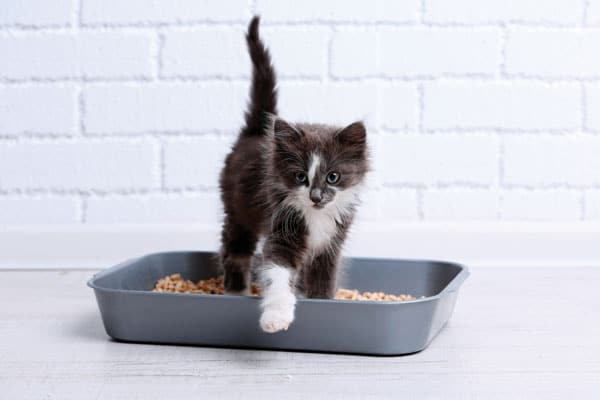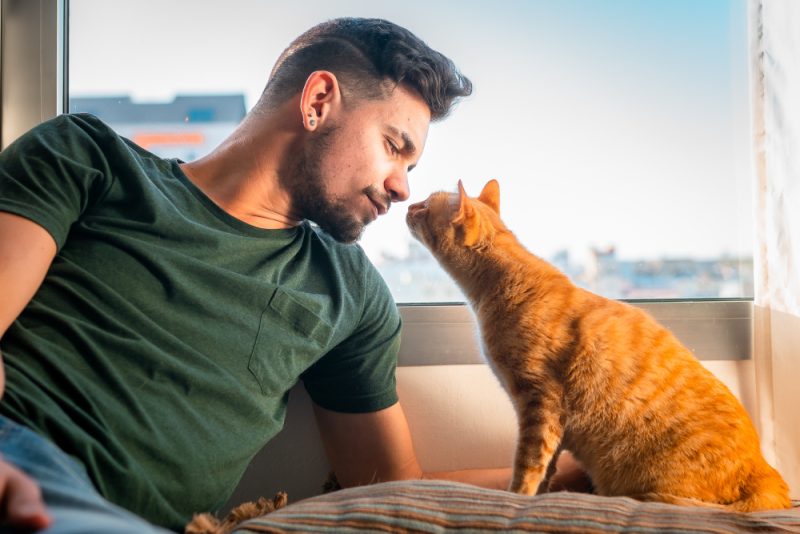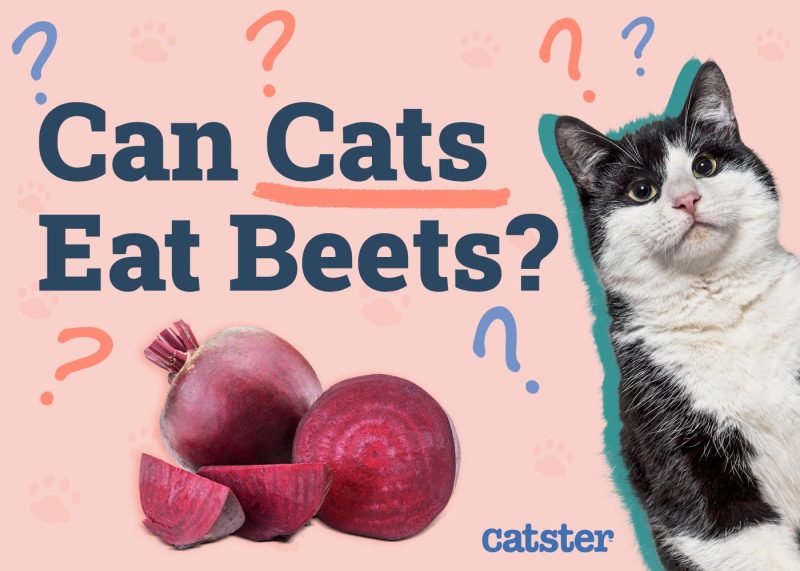From baby faces to slicing teeth. Perfection isn’t just genetic – it’s a lifestyle.
By Lucifer Fluffovich (as told to his mum, Kirsti Harefallet)
Congratulations.
You’ve just stumbled upon the most important self-improvement article you’ll ever read, written by someone who hasn’t improved at all in millennia. And that’s the point.
While other species spent the last ten million years mutating, stretching snouts, growing weird paws, and trying new diets (bamboo, bears, really?), we cats mastered one thing and stopped. Because when nature nails it, she doesn’t need a second draft.
In a Scientific American article, evolutionary biologist Anjali Goswami has confirmed what every cat already knows: we are perfect. Not just pretty. Not just graceful. Perfect. As in: the final form of predator design. The rest of the animal kingdom? Still tinkering.
Want to understand our success? Here’s how we did it – and why you’ll never catch up.
How Cat’s Achieved Evolutionary Success (and Domination)
Step 1: Pick One Thing and Be Better at It Than Everyone Else
We’re predators. That’s it. No omnivore confusion. No “but what if I like berries?” detours. We hunt. We slice. We pounce. Whether you’re looking at a tabby on the sofa or a tiger in the jungle, we all follow the same template.
Most mammals have molars for grinding plants. We ditched that baggage long ago. Behind our slicing teeth? Nothing. Not a thing. Just one perfect set of meat-cutters. Evolution didn’t waste enamel on salad.
Step 2: Keep the Baby Face Forever
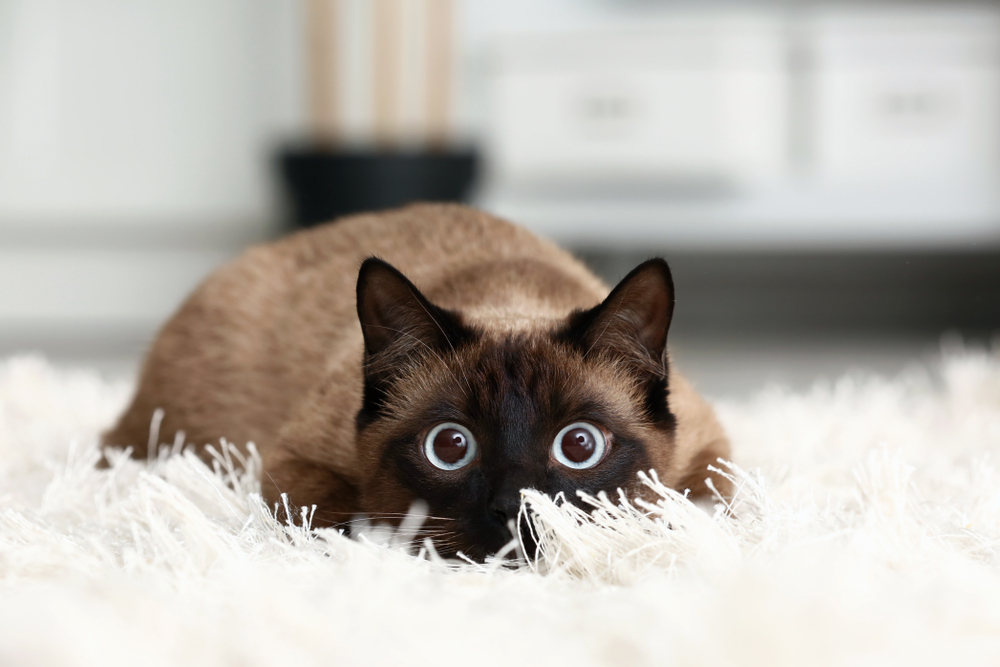
Here’s where it gets unfair.
Most mammals go through awkward teenage phases. Dogs? Start as cute puppers, then turn into long-snouted gremlins. Bears? Giant, fanged troublemakers by six months.
But cats? Our baby heads stay babyish. Big eyes. Round cheeks. Compact faces. Forever.
Scientists call it “lack of developmental variation.” We call it adorable domination.
Step 3: Choose One Body Type. Stick With It.
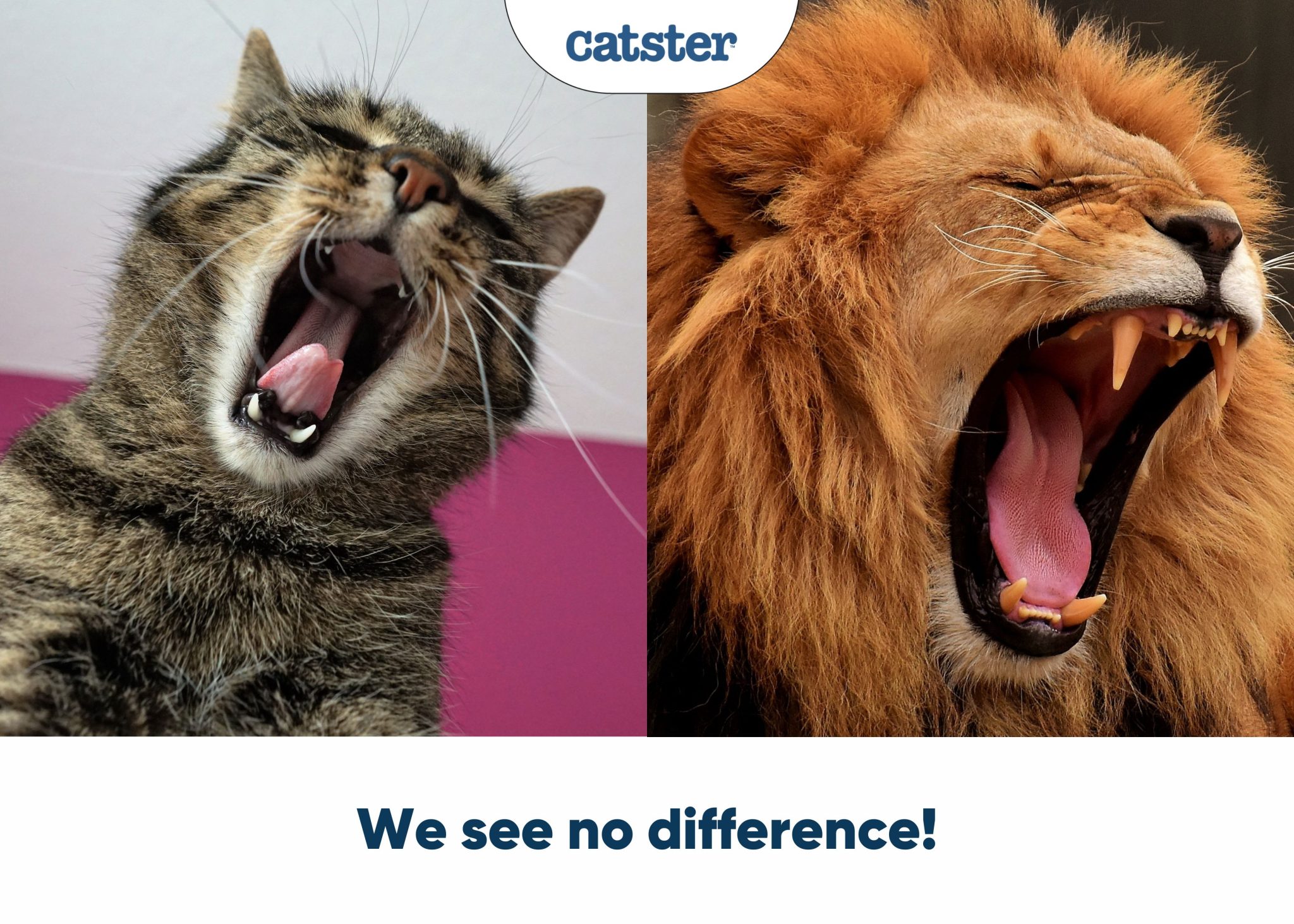
Lions, leopards, lynxes, and house cats? We’re all the same blueprint. Same skull shape. Same bone structure. Just different sizes.
We don’t come in sausage-shaped, mop-headed, or snub-nosed variations (at least, not when we’re healthy or bred responsibly). We don’t need to.
Goswami admitted that even as an expert, she can’t tell a lion skull from a tiger’s. You know why? Because they’re just scaled-up versions of me.
Step 4: Evolve as Slowly as Possible
Speedy evolution is for the insecure. Us? We take our time. Solitary animals evolve more slowly, and cats are famously independent (except lions, but they get a pass for being extra).
We don’t rush. We don’t panic-change. We’ve been basically the same since the saber-tooths. Your iPhone has changed more in the last five years than my species has since the Ice Age.
- You might like to read: A Brief History of Domestic Cats
Step 5: Let the Humans Think They Discovered You
Let’s be honest: this Scientific American article? Not news to me.
I’ve known since my first slow blink that I was the finished product. But fine, if the humans want to publish studies to feel smart about it, let them. Nod approvingly. Rub your cheek on the corner of their mobile phone.
Then knock it off the table.
Because perfection doesn’t need a press release. But sometimes… It’s nice to be recognized.
Final Thoughts (Because There Are Always Final Thoughts):
Cats didn’t become perfect.
We started there.
Whether I’m curled in a sunbeam or leaping six times my height in pursuit of a fly, I carry the weight of evolutionary elegance. So next time you catch me staring silently at the wall, remember: I’m not just thinking about dinner. I’m contemplating ten million years of uninterrupted excellence.
You’re welcome.
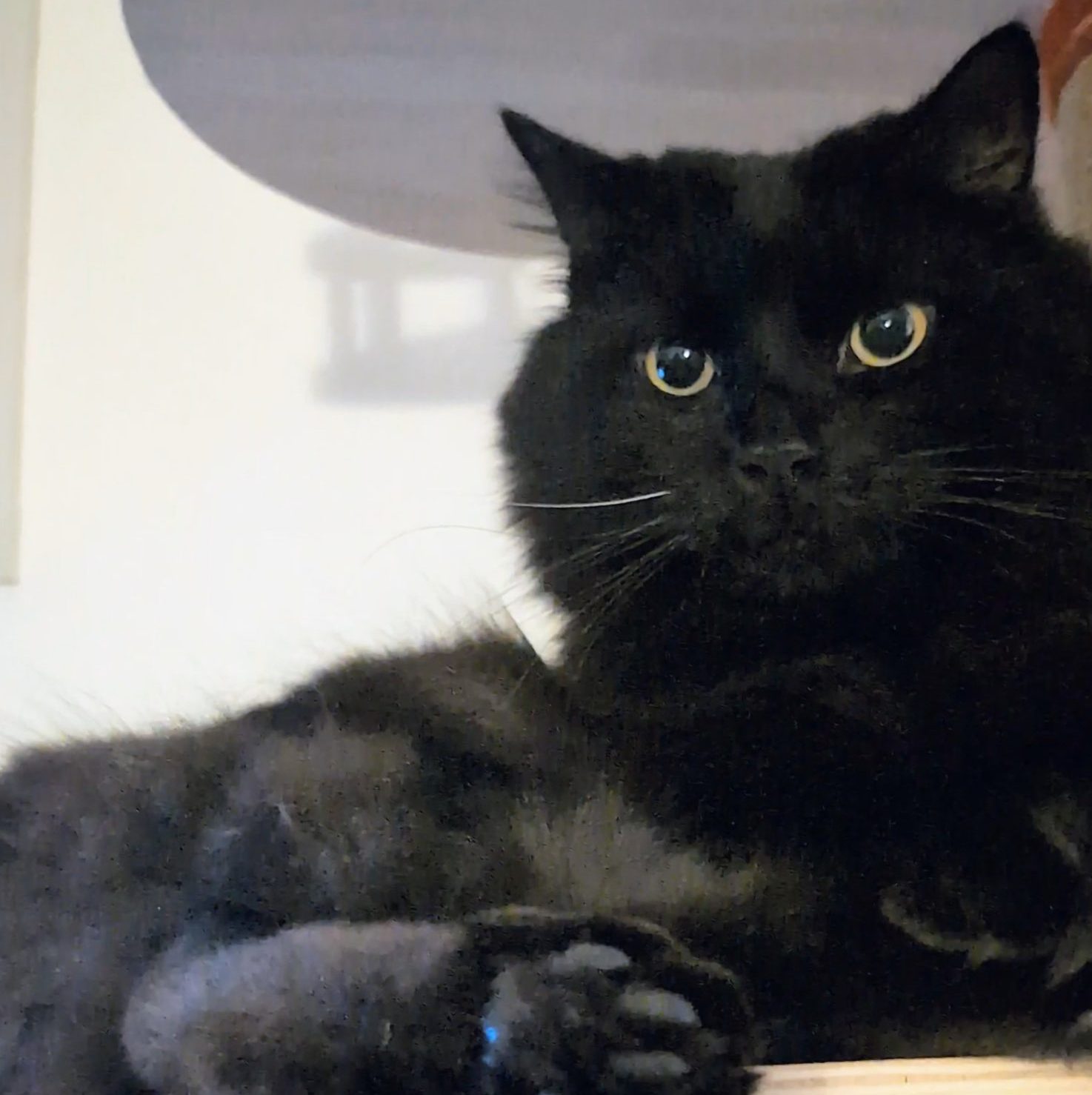
— Lucifer Fluffovich, Feline Lifeform, Evolutionary Apex, Destroyer of String, and DEFINITELY NOT Mummy’s Little Bum-Bum.
